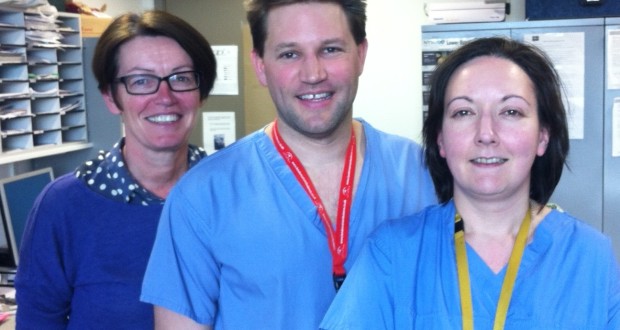Anaesthetists at Barts Health are involved in a national drive to ensure the very best standards of trauma care are available at trauma centres across the NHS. The Major Trauma Centre at The Royal London Hospital has an international reputation for caring for some of the most seriously injured patients across London. It is also the home of London’s Air Ambulance. Its trauma doctors are expert in their field for developing effective, efficient, co-ordinated disaster response systems, including for incidents such as 7/7 London bombings.
Over the last few decades, Barts Health clinical teams across the trauma service have been involved in the management of various major incidents, including the London bombings in 2005, the nail-bombing attack in Soho in 1999, and the terrorist bombings in Bishopsgate in 1993. They have developed and put in place well-rehearsed action plans for dealing with emergency situations. The plans, which can be implemented 24 hours a day, 365 days a year, aim to save lives, relieve suffering and minimise the longterm effects on health.
The Trust’s teams are prepared for emergencies, crises and disasters of any kind. These range from localised fires and explosions to large-scale terrorist attacks.
Now, a team of trauma experts, including senior anaesthetists, are collaborating on a project being run by the National Institute for Clinical Excellence (NICE), to draw up guidelines aimed at delivering a best practice model for the treatment of trauma across the NHS. The Barts clinicians will work with Trauma specialists from other Trusts over the next two years to try to reach a consensus on best clinical practice across the entire discipline. NICE is focusing on providing guidance on five different aspects of trauma care, including assessment and management of airway, breathing and ventilation, circulation, haemorrhage and temperature control.
Consultant anaesthetist Dr Sumitra Lahiri said: “Anaesthetics are a really important, but often unrecognized, part of trauma care and we are keen to work with other trauma centres and to share our expertise. We would like to be seen as leaders and believe we have something valuable to contribute to centres dealing with smaller volumes of patients. “The aim of this project is to standardise trauma care across the board by using the experience of as many experts as possible.”
Fellow consultant anaesthetist, Dr Dan Nevin, added: “Sharing knowledge among clinicians is crucial to this. For example, Barts Health trauma teams are currently implementing lessons learned from the military in Afghanistan”.
Consultant anaesthetist Dr Breda O’Neill said: “Trauma has only properly been recognised as a discipline in the last 20 years, yet is the commonest killer of individuals under the age of 45. That is why collaboration in this area is so important.”
 East London News A Force for the community…
East London News A Force for the community…




